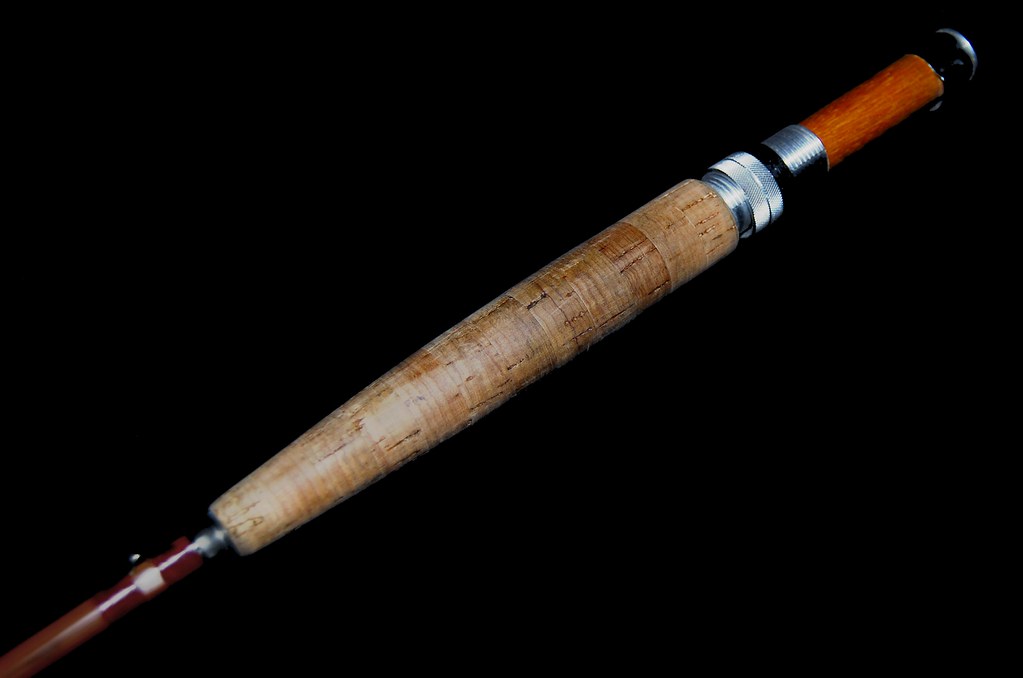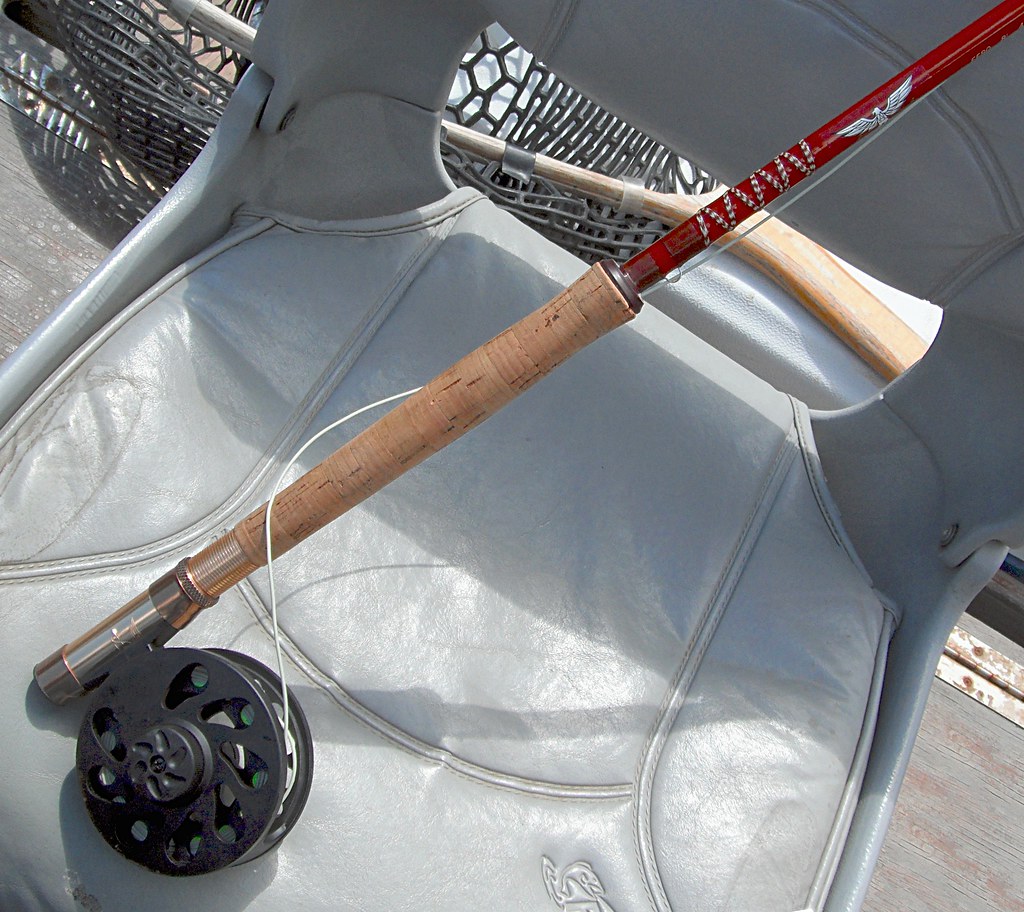YOUR HANDS ARE GRIMY
Your Rod Sack Is Filthy
just a normal state of affairs
-------
.. We don't quit fishing this time of year. However, -40° F does deter the constitution. There are, in fact, things to do besides shoveling snow, dodging snowmobiles, and baking bread... Most fishers call this the fly tying time and that's a perfectly productive thing to do. We'll tie a few gross as well but first it's time to pay attention to the rods and their accouterments.
.. Long, long before today we picked up some bad habits. We have since learned some lessons, as we were corrected, and we try to do our duty by the tools of the pastime: rods and reels and flies and lines and other stuff. This is a good time of year to do it.
.. For instance: when was the last time you washed your rod sacks? Most fishers never do. This accounts for the dilapidated state of many vintage rod sacks that would fall apart today if washed. If you love your rod, save the old sack for historical or pecuniary reasons but put your rod in a new clean sack and keep it clean. Grime collects - it's a law of the universe - get rid of it.
.. All fly rods are vulnerable to nicks. Nicks in the gel coat, nicks in the micro fibers, nicks in the varnish. Fix the nicks. A bit, (very little bit,) of 5-minute epoxy for synthetic rods and a tap of varnish for bamboo. Unless you view your rods as museum pieces they need this kind of careful attention. If you fish them - fix them.
.. More than 50 years ago we received careful instruction how to massage our nose with the male ferrules on a fly rod. The little crease where the nose joins the face was the prime area for lubricant, (and where zits later developed in profusion.) We persisted in this practice for years, (decades,) until it was pointed out that the salt and grime in our skin would corrode the metal. We've stopped doing that but find a strong impulse to repeat it each time we rig up.
.. Ferrules, (male and female,) need maintenance. Just keep them clean. Q-Tips and a dab of Vodka should do the job for the female ones. A scrap of clean T-Shirt and some tight rubbing with clean hands should do it for the male ferrules.
.. Should you not have shiny male, (or female,) ferrules, they have suffered from micro oxidation, (it's really rust.) Use newspaper with the slightest amount of wet tooth paste to shine them. If the tooth paste feels gritty don't use it. If you want your chrome female ferrules to shine be sure to use some painter tape to keep the goo off of the wraps and rod surface.
.. Since you never put your rod away wet, and since you hang it from the tip-top, it should only need some cleaning and waxing.
.. Wonder of wonders some custom rod makers recommend Turtle Wax. There are other waxes as well. The great god GOOGLE will bring forth many tips on wax for bamboo fly rods.
.. We're rather pragmatic. We wash the rod, (fibreglass, steel, graphite, bamboo,) with Murphy's Soap. We rinse it off with warm water and dry it with a Turkish wash rag. We air dry it for a day and then wax it twice with pure carnuba wax: two coats, each a day apart. The old T-Shirt comes into play here. We wax it all: guides, reel seat, tip-top, external ferrule surface, but NOT THE CORK. If the cork needs attention, (it usually does,) it gets washed too - not waxed.
.. We hang the rods for a week or two to allow complete drying. Some of the "oldies and goodies" stay hung up until their next use. The rest are put in the clean sack, (with ferrule plugs - or - female ferrules down,) and slid into their tube. No cap on the tube. No tying tight with the stupid strings that the sack makers provide, (they can dent varnish, make the bag stick to the varnish, and worst of all put a bend in the small sections - cut them off.) Many are hung in the sack and out of the tube.
.. It takes any where from 15 minutes to an hour per rod. So what? Tradesmen often remark that you can tell the quality of the work produced by looking at the condition of the tools used. Telling observation.
.. Opinions can and do vary about maintenance. Follow the ones that make the most sense to you. But, at least, do something.
Resources:
-- Straight Forward Do's and Don'ts = FALL RIVER FLY RODS
-- From Colorado = PARADIGM CUSTOM ROD DESIGN
-- The Straight Poop = GINK & GASOLINE
-- 35 Years Of Experience = RICK ROBBINS
-- Orvis Tips = RON WHITE
-- From The Mouth Of Brandin = BRANDIN SPLIT-CANE RODS
-- Spinoza Rod Company = MARC ARONER
-- Schliske Bamboo = MATT SCHLISKE
-- SWEETGRASS RODS
-------









.jpg)






